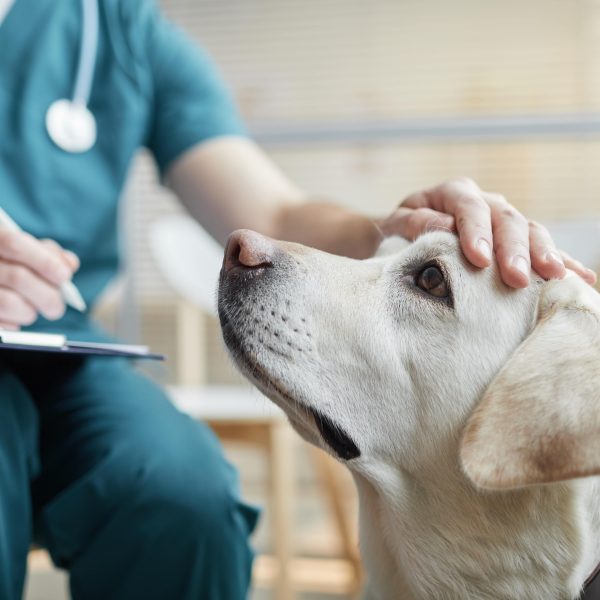What to Know About UTI in Dogs

As a dog owner, it’s common to encounter a few illnesses along the way. A fairly common illness for dogs, especially females, is urinary tract infections (UTIs). These infections can be serious and should be treated immediately. Here’s what to know about UTI in dogs:
What Causes UTI in Dogs?
UTI in dogs is caused by bacteria that get into the urinary tract. These infections can occur anywhere from the urinary tract all the way up to the kidneys. The most common cause of UTIs is E. coli bacteria.
There are a few factors that can increase the risk that your dog gets one. First of all, females are much more likely to have UTIs than males. Dogs with other chronic illnesses such as diabetes, chronic kidney disease, and Cushing’s Disease are also more likely to get UTIs.
Symptoms of UTI in Dogs
There are a few key symptoms to be aware of that signal a UTI in your dog:
- Potty training regression
- Straining to urinate
- Needing more bathroom breaks than usual
- Signs of pain during urination
- Licking around the urinary opening
- Blood in urine
- Fever
If you notice any of these symptoms in your dog, call your veterinarian to schedule testing. Some of these are symptoms you should never ignore in your dog. They can indicate a UTI, but can also be signs of other conditions and your vet will want to be sure before prescribing treatment.
It’s important to note that some dogs may not show any symptoms and are only found during testing for other issues. UTIs are found through a test called urinalysis. This test looks for signs of infection, such as amounts of white blood cells, red blood cells, and bacteria. These test results can take a few days.
How to Treat UTIs in Dogs
Thankfully, antibiotics are available to treat UTIs. However, not every UTI is the same, so antibiotics may vary. Most standard UTIs require a 7-14 day course of antibiotics.
It’s also possible that the first round of prescribed antibiotics may need to be changed after a second urinalysis result comes back. Sometimes pain medication will be prescribed to alleviate your dog’s pain.
How to Prevent UTIs in Dogs
It is possible to take measures to prevent UTIs from occurring. Here’s how to help prevent UTIs in dogs:
1. Make Sure They Have Enough Water
Making sure your dog has plenty of water to drink throughout the day is a very important prevention tactic. Being well-hydrated helps the body flush away unwanted bacteria, thus preventing infections.
2. Feed Your Dog a Well-Balanced Diet
A well-balanced diet is also important as it keeps the body strong and healthy. If you’re not sure how to choose the right dog food for your dog, don’t be afraid to ask your vet!
They can give you some recommendations on the best food options for your dogs as well as some nutritious snacks to help supplement any gaps. And, can give some guidance on the best fruits and veggies for dogs to help round out your dog’s specific dietary needs in addition to their regular food.
3. Groom Your Dog Regularly
Keeping your dog well groomed is also important in preventing UTIs. Make sure the area around the urinary opening is clean and free of dirt and debris. Brushing your dog regularly, giving them a bath when needed, and wiping them down between baths can go a long way in reducing UTI risk.
4. Provide Plenty of Bathroom Breaks
It’s also important that your dog has plenty of bathroom breaks throughout the day. Holding in urine for too long can allow bacteria to grow and cause infection. Building in bathroom breaks throughout the day can help you create a good daily routine for your dog and help reduce UTI risk.
Puppies, senior dogs, and small dog breeds will likely need more frequent bathroom breaks throughout the day. But, the right number will be different for every dog and may vary each day depending on water intake, activity level, and more. You just want to pay attention to your dog and make sure they can go out for a bathroom break when they need it.
This is just an overview of what to know about UTI in dogs. These infections are very common, but most are easily treated with antibiotics. If you see any of the symptoms in your dog, be sure to call your veterinarian to schedule an appointment. Keeping your dog healthy and happy is your first priority, so taking steps to prevent UTIs in your dog is important.
